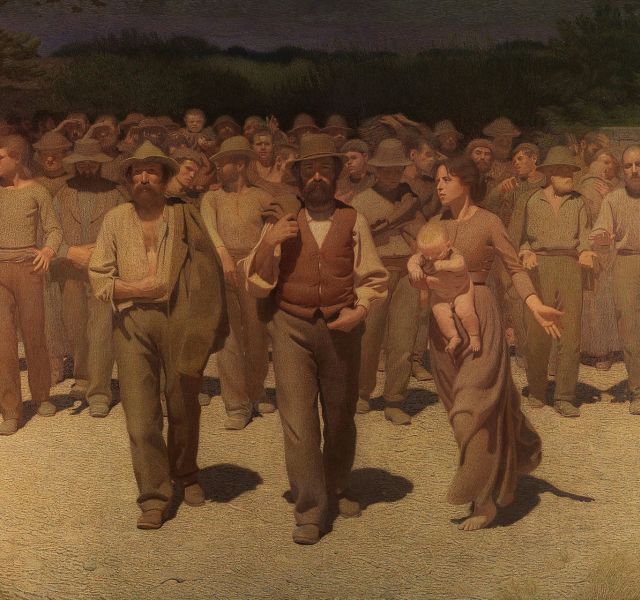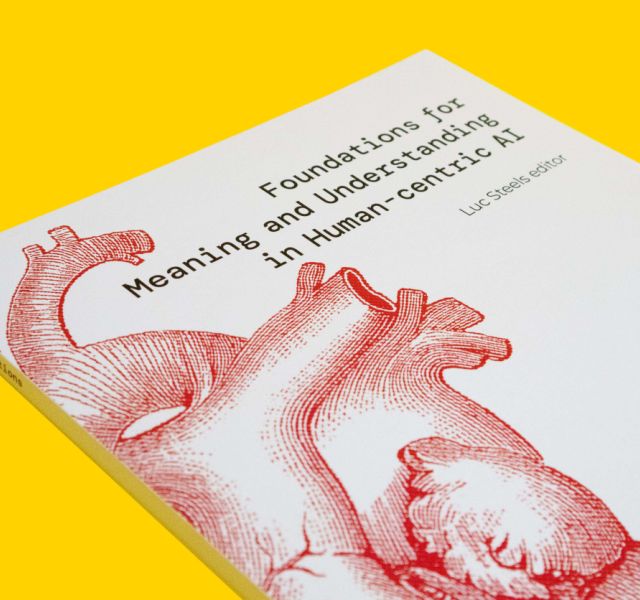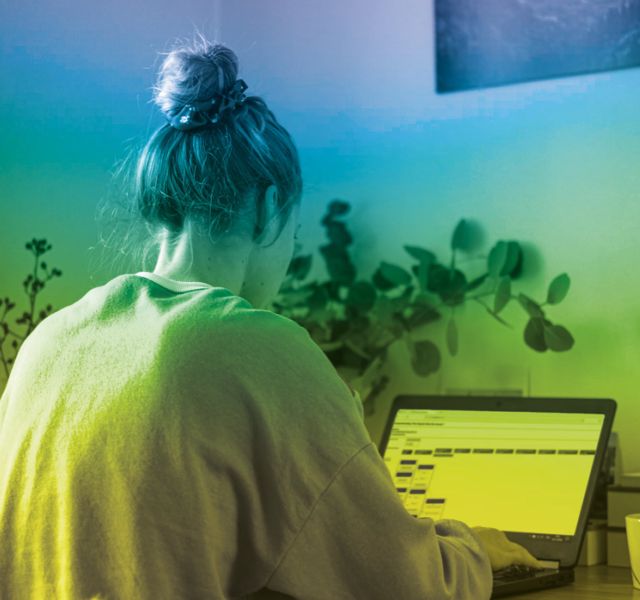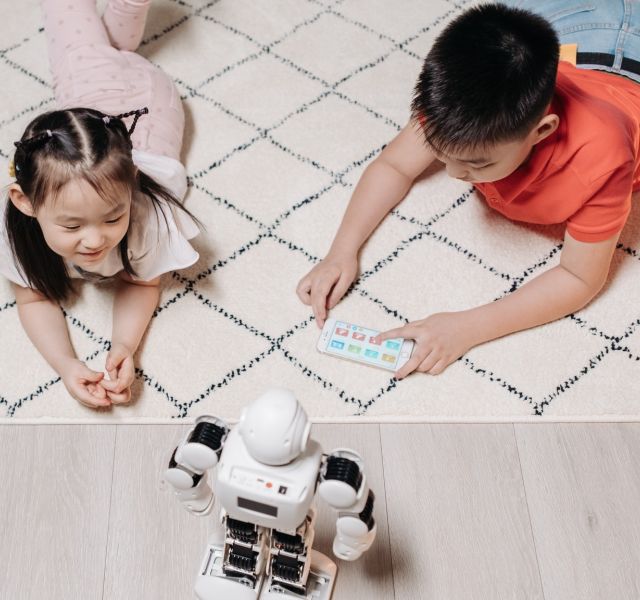
Narrative Objects
A recurring theme of AI research has turned out to be that what should be easy often is not. Consider this question – "what can I cut a stick of butter with?" You probably already thought of an answer, and if pressed, you could invent more creative ones. A string might do, or the edge of a glass perhaps if no knife is available – though you might protest if I suggested a jar's edge. It will be annoying to get the butter rests out of the threading.

A Digital Assistant for Scientific Discovery in the Social Sciences and Humanities
Scientific discovery aims to explain the mechanisms that govern our world. In the social sciences and humanities, scientists are interested in our social world; societies and the individuals within them. They research, for instance, the mechanisms that cause social divides. Why do some groups die younger than others? Why do women earn less than men? How do the occupations of your (grand)parents influence your own career?

Narrativizing Knowledge Graphs
Any natural language expression of a set of facts — that can be represented as a knowledge graph — will more or less overtly assume a specific perspective on these facts. In this work we see theconversion of a given knowledge graph into natural language as the construction of a narrativeabout the assertions made by the knowledge graph.

Deconstructing Recipes
What is the secret ingredient of recipes? In recipes, we talk about ingredients, sometimes many of them, which get moved into different containers and transformed in a thousand different ways, thus turning into other things (such as a dough, or a puree). Moreover, these ingredients and ‘resultant objects’ are often unmentioned, as in ‘Bake until crispy and golden.’ ‘Pour until saturated’. Yet, we are always capable of understanding what that specific step or instruction is talking about. How?

Foundations for Meaning and Understanding in Human-centric AI
Through the Foundations for Meaning and Understanding in Human-centric AI, the MUHAI project offers an in-depth and integrated overview of narratives and understanding in different disciplines and research fields. The volume builds upon recent insights and findings from social and cognitive sciences, humanities and other fields for which narratives have been found to play a relevant role in human understanding and decision-making processes. This, to map the state-of-the-art of narrative-centric studies and to identify the most promising research streams for tomorrow’s AI.

The FCG Editor: a new milestone for linguistics and human-centric AI
When people hear the word "grammar", most of them still think about a set of syntactic rules to combine words (and their concepts) in a compositional fashion. Most NLP systems therefore consider grammar to be equal to syntactic parsing, so syntax is simply one of the components of a traditional pipeline that can be useful for downstream tasks. In the MUHAI project, we take a different approach inspired by cognitive-functional linguistics, in which grammar itself is meaningful: it expresses how people conceptualise reality, and which perspective they take on the events that they perceive in their daily lives.

Deep Understanding of Everyday Activity Commands
Performing household activities such as cooking and cleaning have, until recently, been the exclusive provenance of human participants. However, the development of robotic agents that can perform different tasks of increasing complexity is slowly changing this state of affairs, creating new opportunities in the domain of household robotics. Most commonly, any robot activity starts with the robot receiving directions or commands for that specific activity. Today, this is mostly done via programming languages or pre-defined user interfaces, but this changes rapidly.

Linguistic Alignment for Chatbots
Over the last decade, conversational agents have slowly but surely become very common in our daily lives. Conversational agents - these are computer agents, robots or software which can understand and talk to a user in natural language - include assistants on our smartphones like Siri or Google Assistant, voice-controlled smart home devices like Google Home and Amazon Alexa, as well as online chatbots like the ones frequently used in customer service.

Curiosity-Driven Exploration of Pouring Liquids
Babies, puppies, kittens may be bundles of joy but they are also agents of pure chaos. They knock things over, stick their fingers where they're not supposed to, and get a taste or sniff of anything they can, all just for fun of course. Or is it "just for fun"? In the moment, it is, but this playfulness of infants also allows them to build the intuitive models of the physical world which are needed to cope with that world "seriously".

Framing reality
One of the reasons why it is so difficult to develop human-centric AI systems is that such systems need to "understand" the world and human activities in a way that is compatible with how humans make sense of the world.

Economists’ inequality narratives (on Twitter) before and after the COVID-19 outbreak
Inequality-related narratives can be created, circulated and employed at two distinct but intertwined debate levels. The first one is made by scholarly and scientific debates, which are mostly carried out by academic researchers and field experts, specialised in the measurement, analysis and modeling of specific types of inequalities, like inequalities of access to health and care services.

Toward a formal theory of narratives
The activities of people as well as of artificial agents in reality, virtual reality or simulation can be recorded as data that discretize trajectories of body parts and the ensuing force events. While these data provide vast amounts of information they are, by themselves, meaningless.